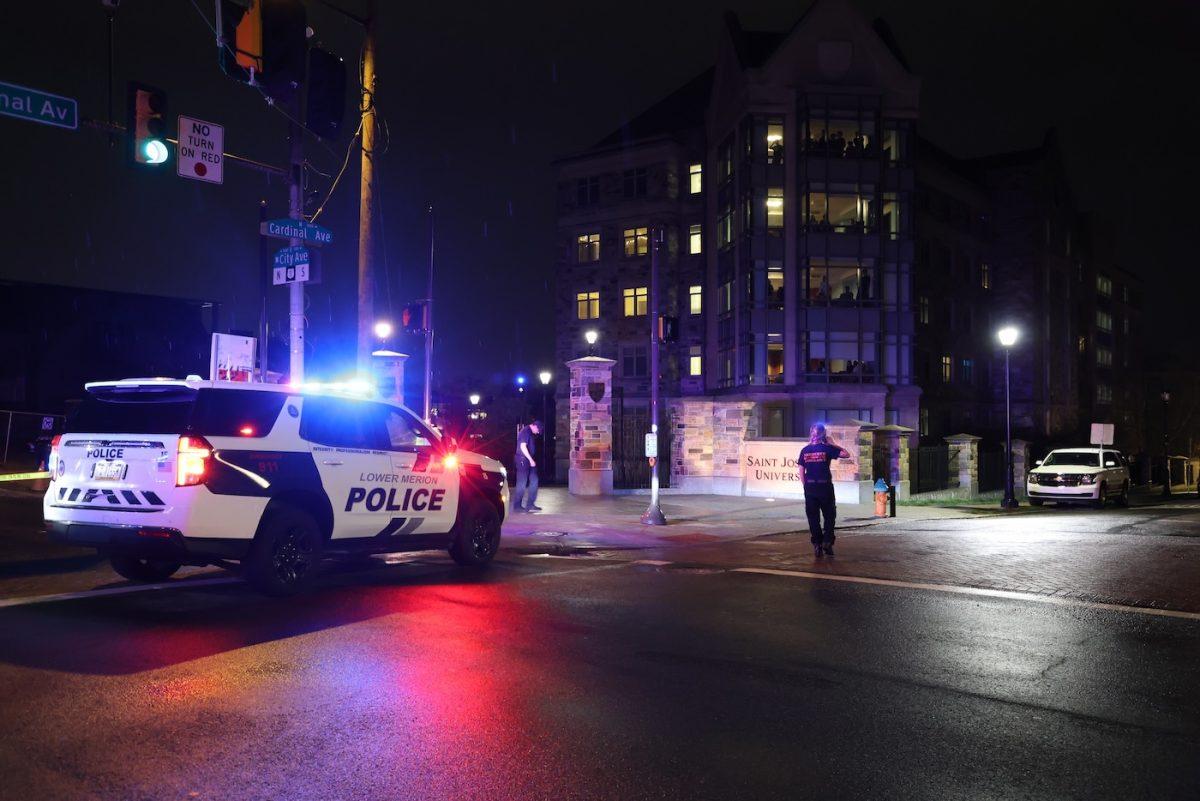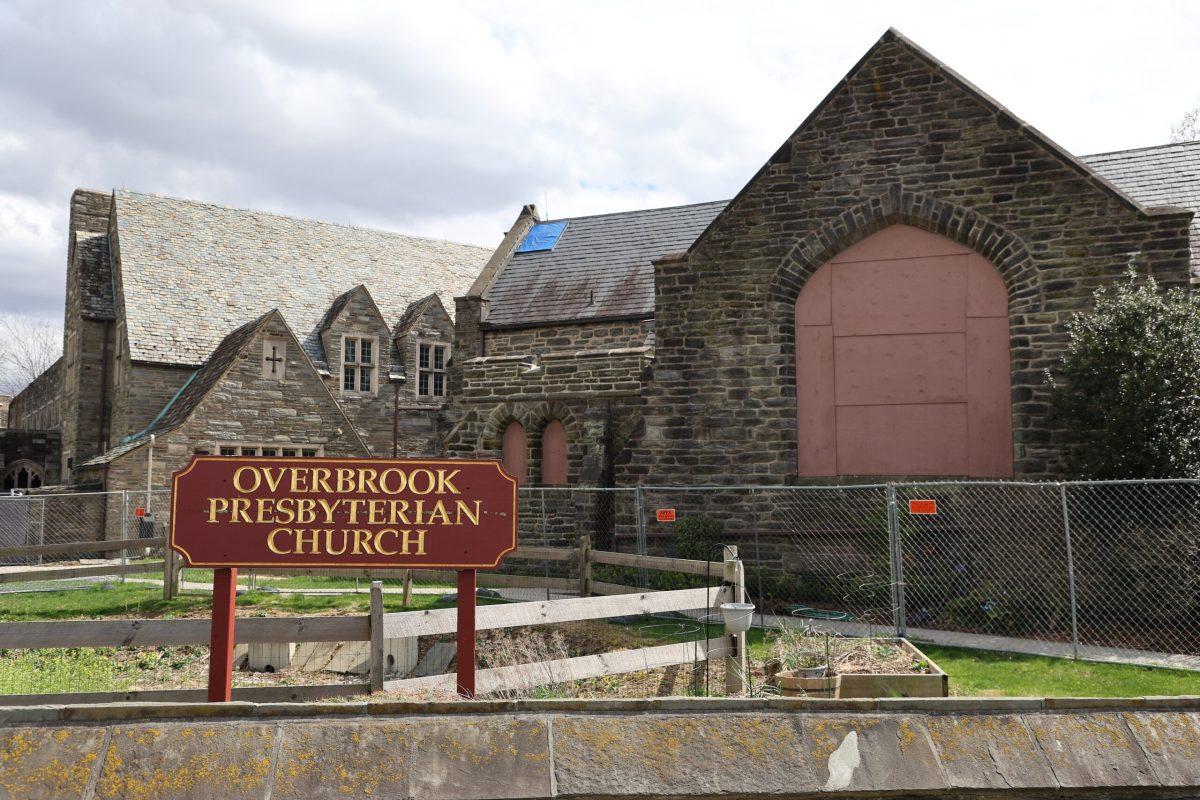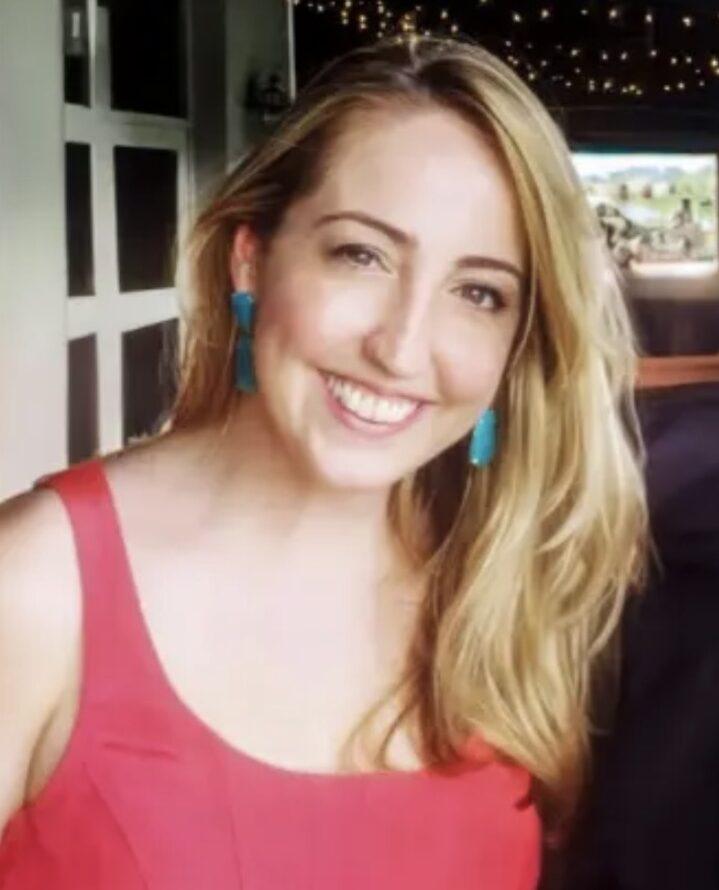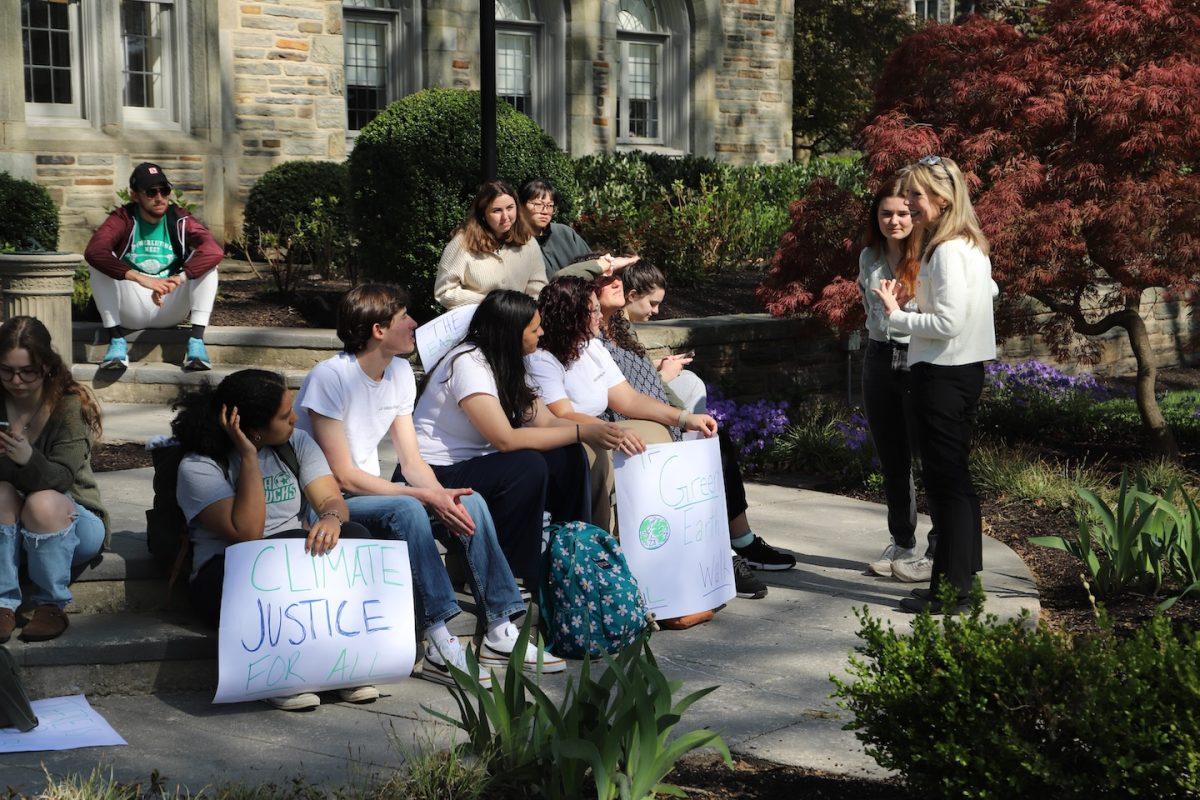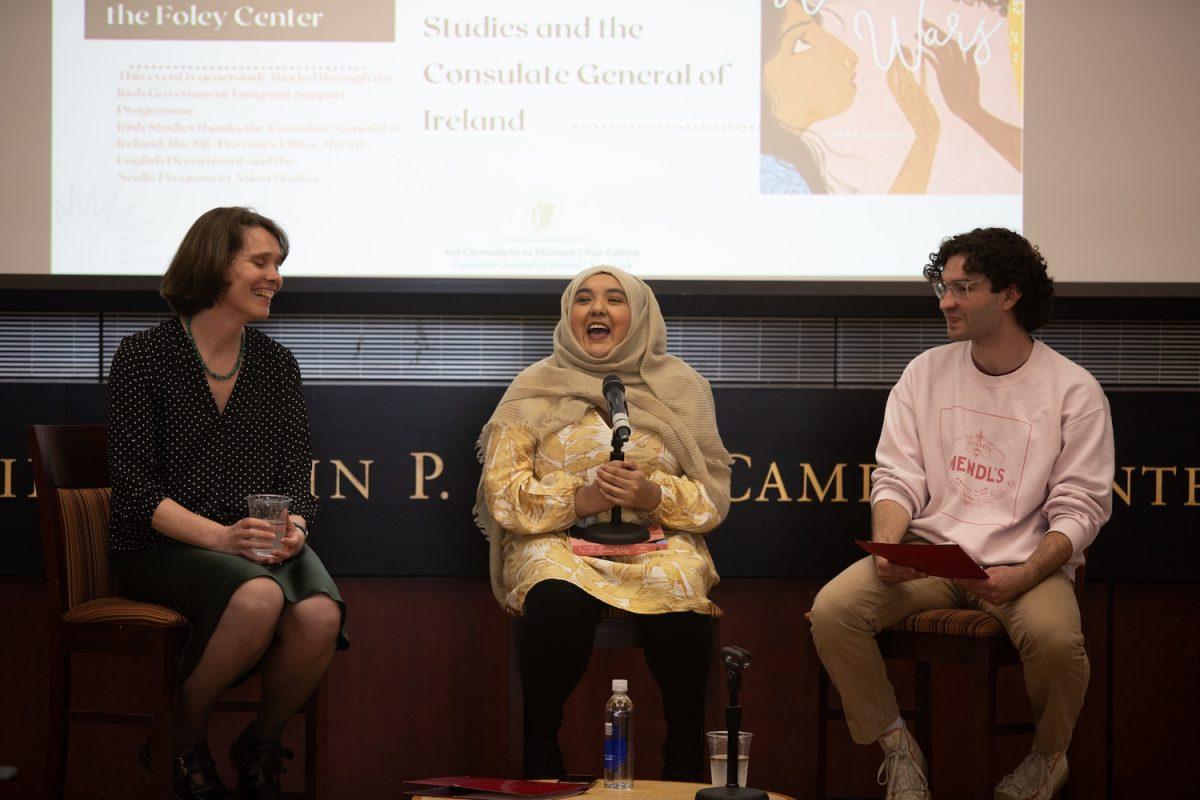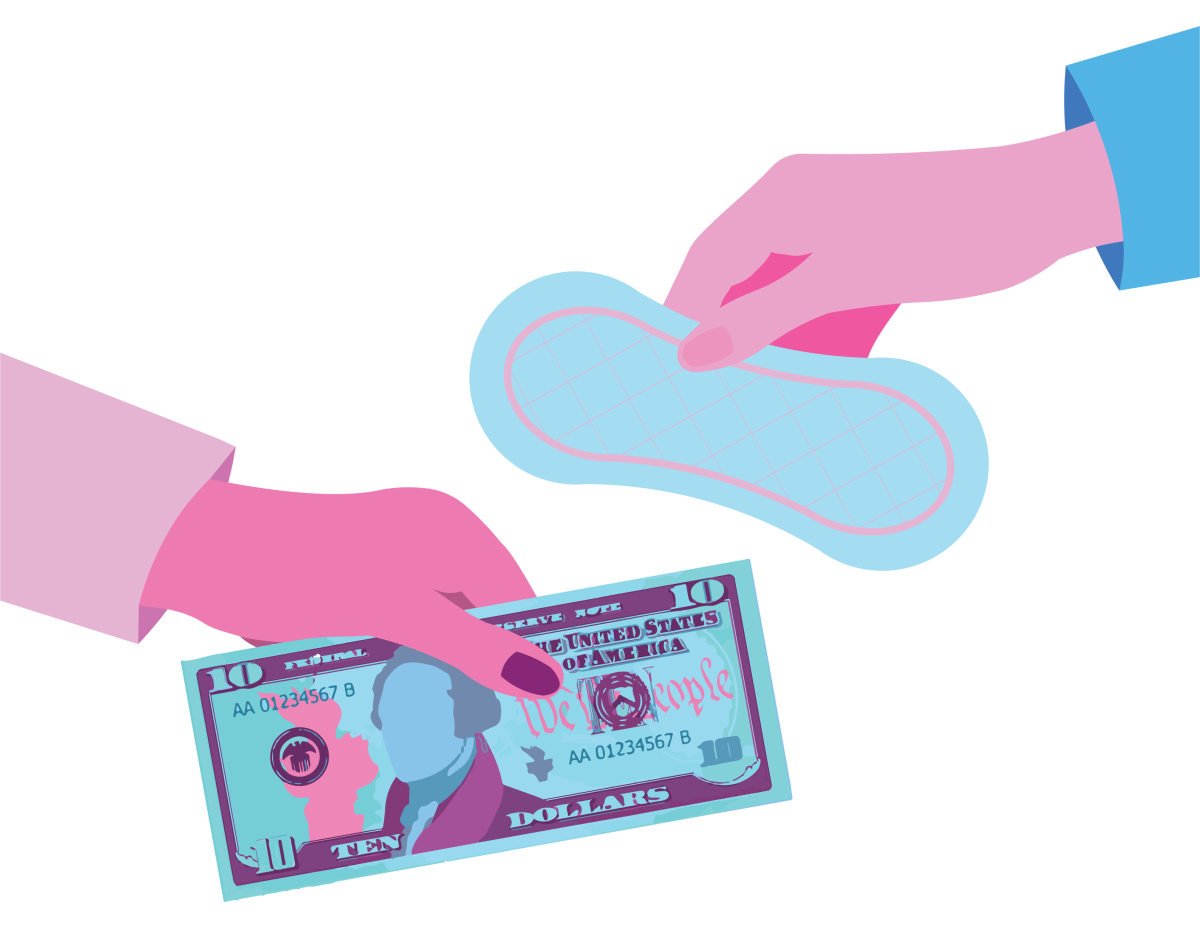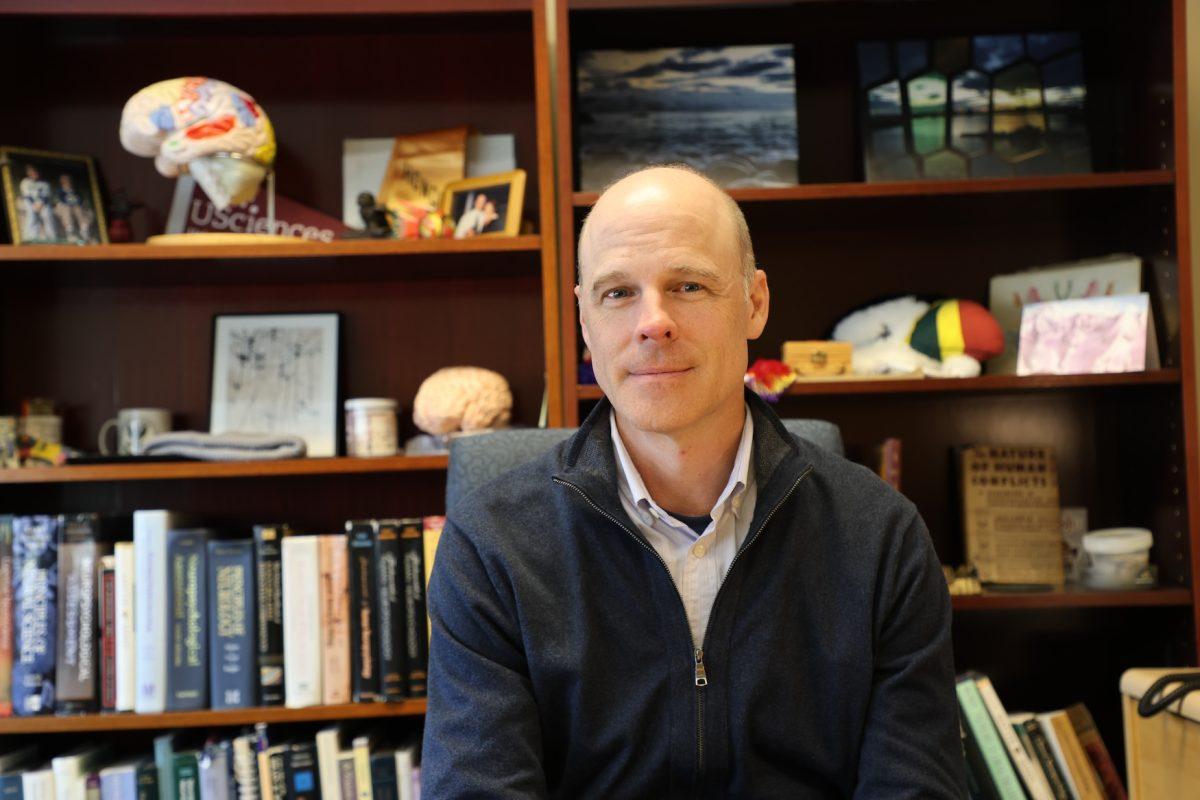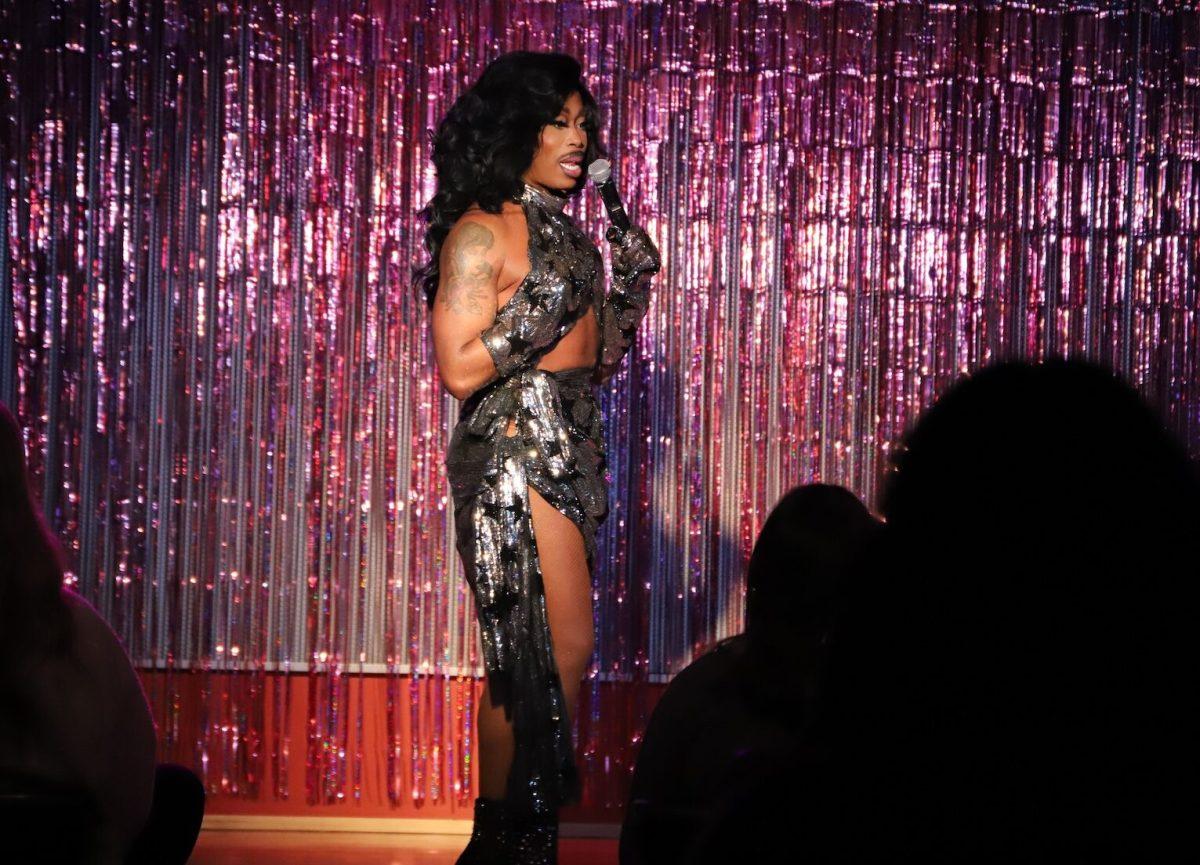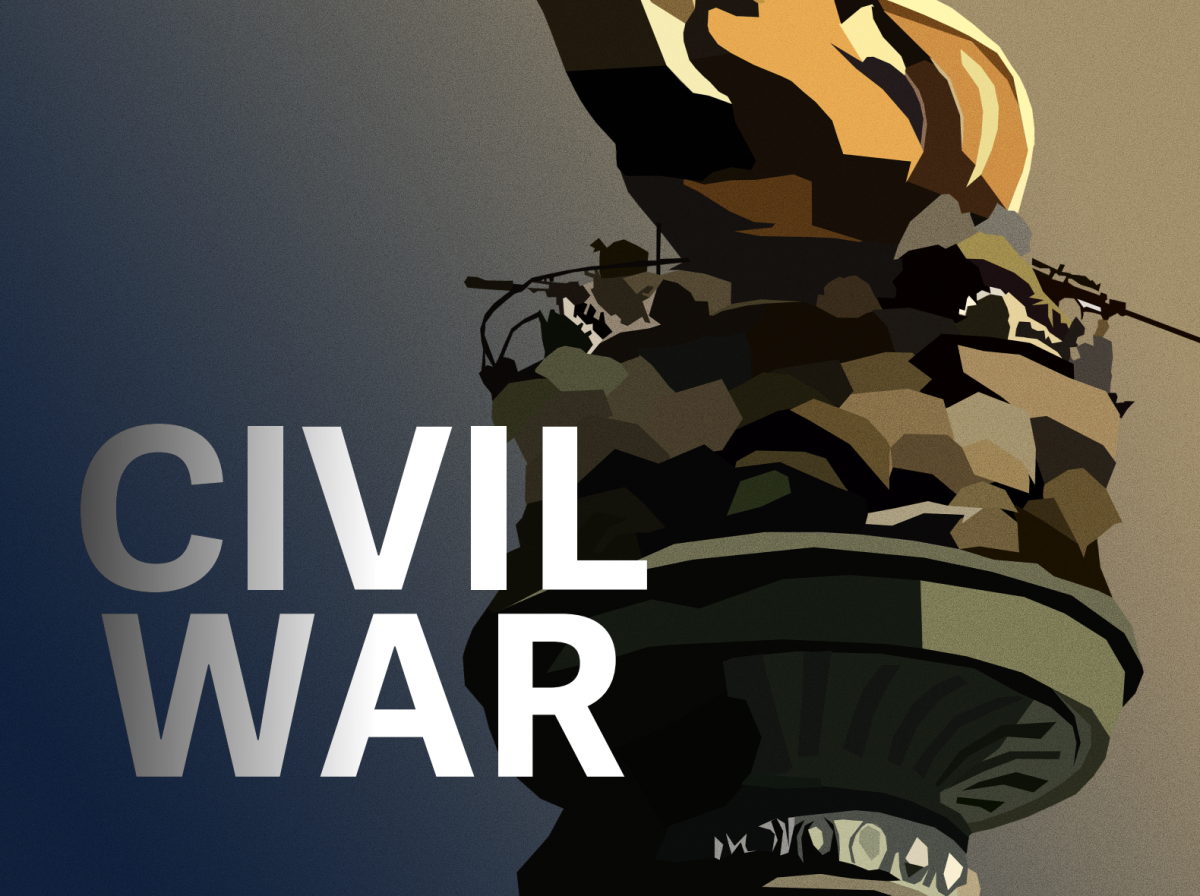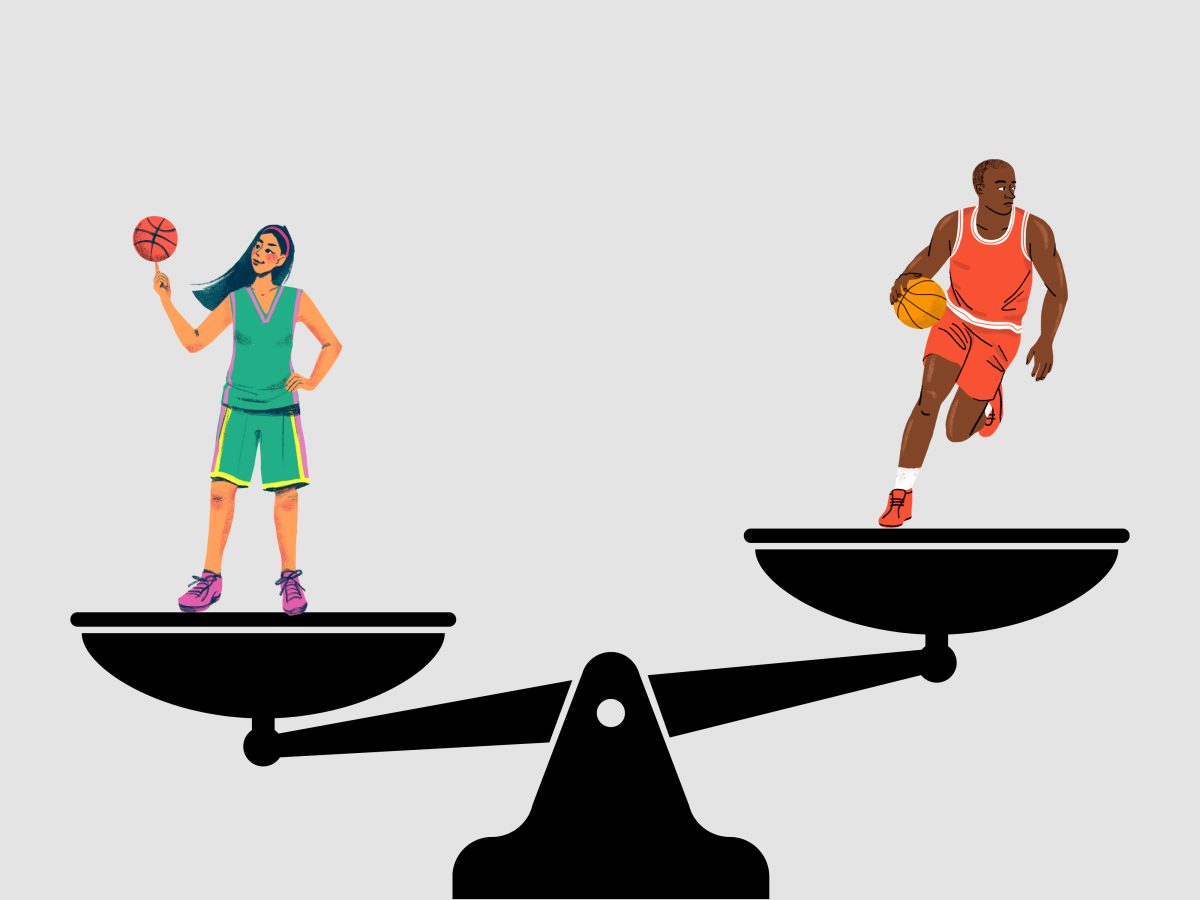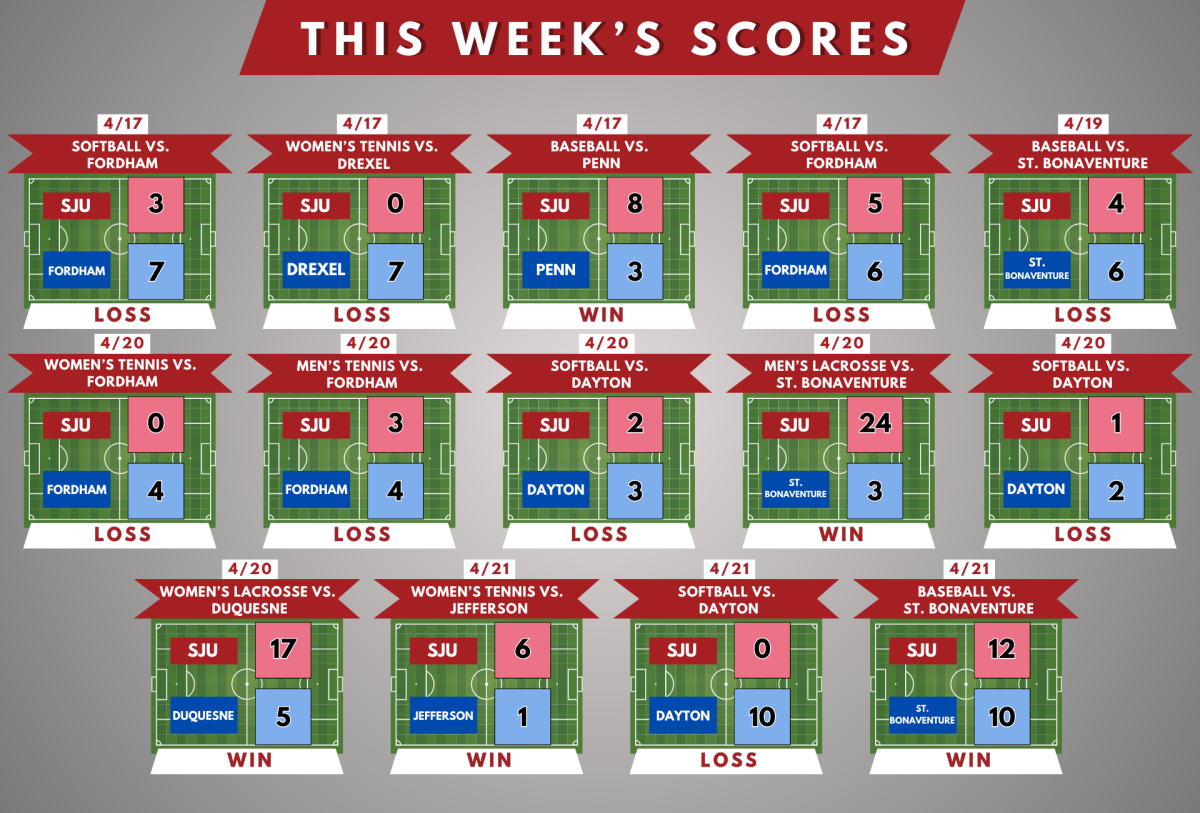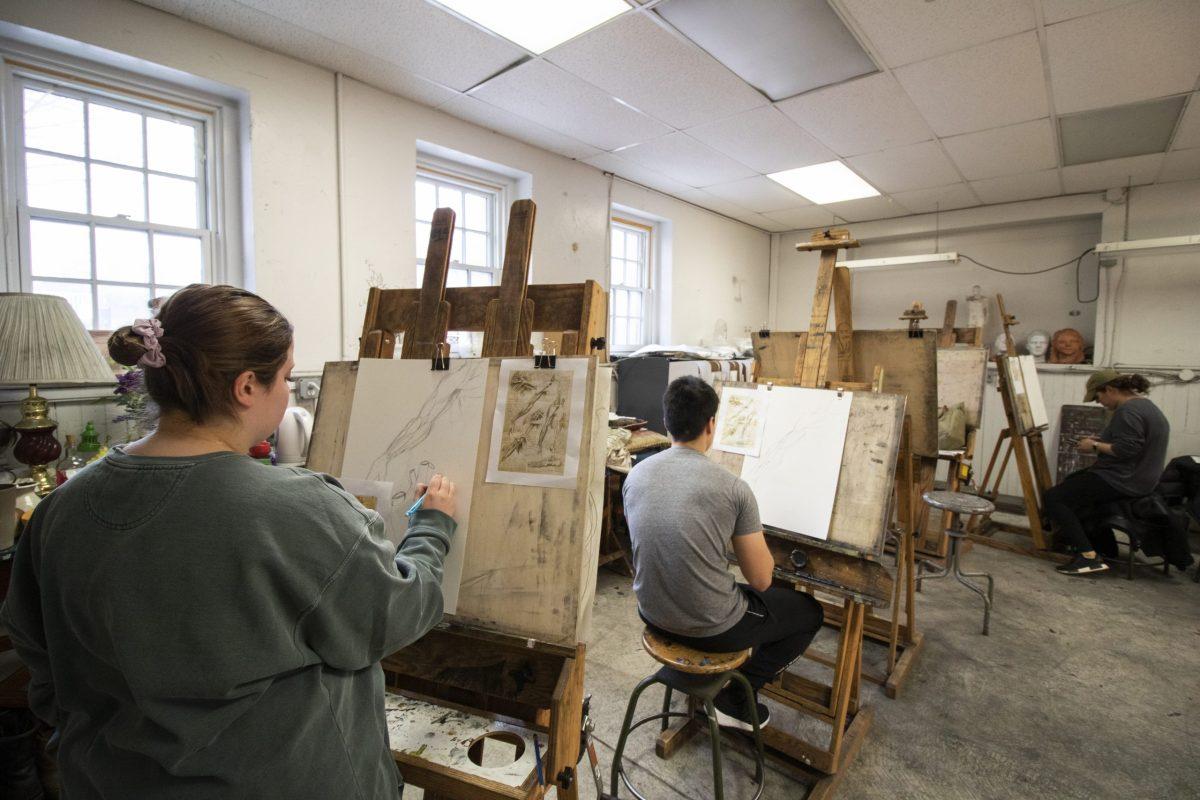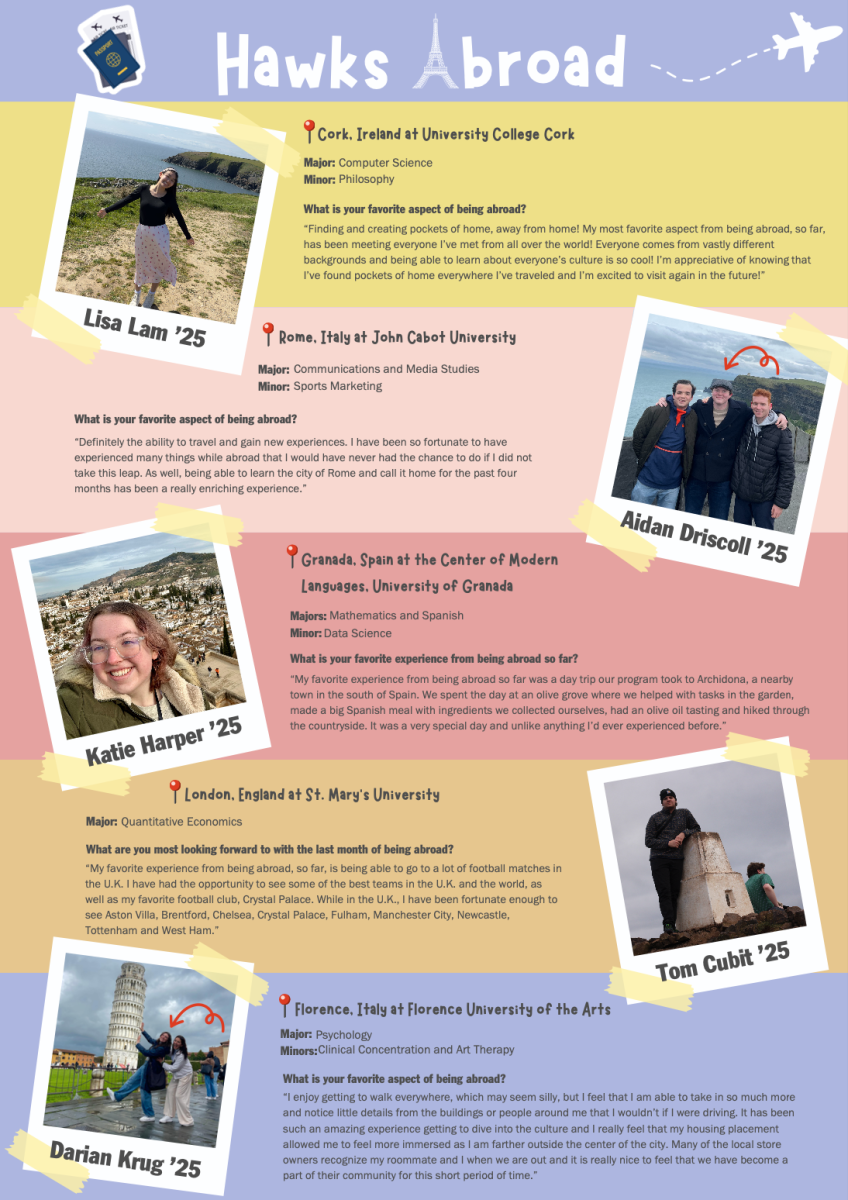A group of art students at St. Joe’s paired up with a team of medical students at the Philadelphia College of Osteopathic Medicine (PCOM) to collaborate on a pilot program to learn how to draw parts of the human anatomy by looking at cadavers.
Six St. Joe’s students who had taken a course in drawing were paired with six fourth-year medical students from PCOM. The cadavers’ faces were wrapped in cloth to hide identifying features.
The St. Joe’s students gave instructions on how to best represent the cadavers on paper while the PCOM students provided insight into how different parts of the body moved and operated.
The pilot program was launched in the spring 2020 semester by Steven Cope, M.F.A., assistant professor of drawing and painting in the art and art history department at St. Joe’s, and administrators at PCOM.
“This all happened quickly because the people at PCOM got approval really fast so we had to get our act together pretty quickly,” Cope said.
Phillip DiWilliams ’09, Cope’s teaching assistant for the Drawing I course, guided the PCOM students in how to make drawings from cadavers.
“We are not medical people and they are not artists, but since we’re both sitting there with sketch pads in a medical lab, it makes us be able to communicate on the same page,” DiWilliams said. “It’s like the most perfect version of interdisciplinary studies.”
Cope said the St. Joe’s-PCOM pilot program started after he was contacted by one of his former students, Jessica Kerns ’18, who was an art and biology double major and is now a student at PCOM. Kerns said there were no drawing classes at PCOM.
“She wanted to make drawing happen,” Cope said. “I wrote her back and said, ‘Start something.’ Then she went to the administration and they thought it was a good idea, so we started planning this program from there.”
Rebekah Fiori ’22 said she was unfazed by the experience of working with a cadaver as a model. She said her minor in art played a role in her decision to participate in the program.
“It really makes you think about life, but it also gives you appreciation for it in the sense that you get to still learn from the cadaver,” Fiori said.
Fiori said she decided to draw a female cadaver in her eighties who had many surgically implanted orthopedic devices. Although it was her first time in a cadaver lab, Fiori said the experience helped her to appreciate the value of the life of someone who donated their body to science.
Michael Feng ’20, a biology major who has experience studying human anatomy, said he became interested in the program when he learned that students would have the opportunity to look at an actual human body, not just pictures in a textbook.
“Textbooks don’t always give me an actual depiction of how large the organs of the body are,” Feng said. “You don’t get that from just looking at the picture of it. That’s the thing that’s so immersive about this program.”
Faith Belcuore ’20 agreed that the ability to see beneath the skin’s surface creates an opportunity for students to gain a better understanding of how the human body functions. In addition to studying art history at St. Joe’s, Belcuore is currently interning at PCOM and hoping to become a physician’s assistant.

“Art helps with different aspects of medicine like learning anatomy and observation,” Belcuore said. “And for artists, the human form is a big thing. It’s hard to draw. It’s a different experience drawing a cadaver than a live model.”
Mona Ahmed, a fourth-year medical student at PCOM, said participation in the program strengthened her belief in the value of incorporating drawing into her coursework. Ahmed said drawing assists in the anatomical learning process.
“For people who are visual learners, being able to draw what they see in front of them is a different way to digest the information,” Ahmed said.
According to Cope and DiWilliams, artists have always had an interest in working with cadavers. During the second phase of the program, the student pairs will be working with Leonardo da Vinci’s dissection drawings in order to develop their adeptness at mastering the human form.
Artists like da Vinci, Michelangelo and Caravaggio befriended physicians in order to further their knowledge of human anatomy through the dissection of cadavers. The idea was that before artists could master the human figure clothed in skin, they must first gain an understanding of what lies beneath.
During the second phase of the pilot program, the St. Joe’s art department hosted PCOM at Toland Hall. Cope said he and all student participants are hopeful that this program will run on a regular basis at St. Joe’s in the future.
“I would like to see it turn into something bigger, anatomy drawing [courses] would be great,” Cope said. “I’m not sure it’s going to go to a class size, but maybe a lab, [or] a one-credit course. I’d like the students to be in a situation where the experience is driving the images.”

